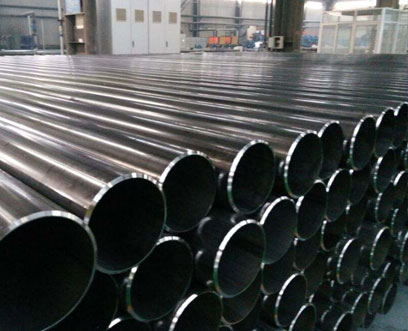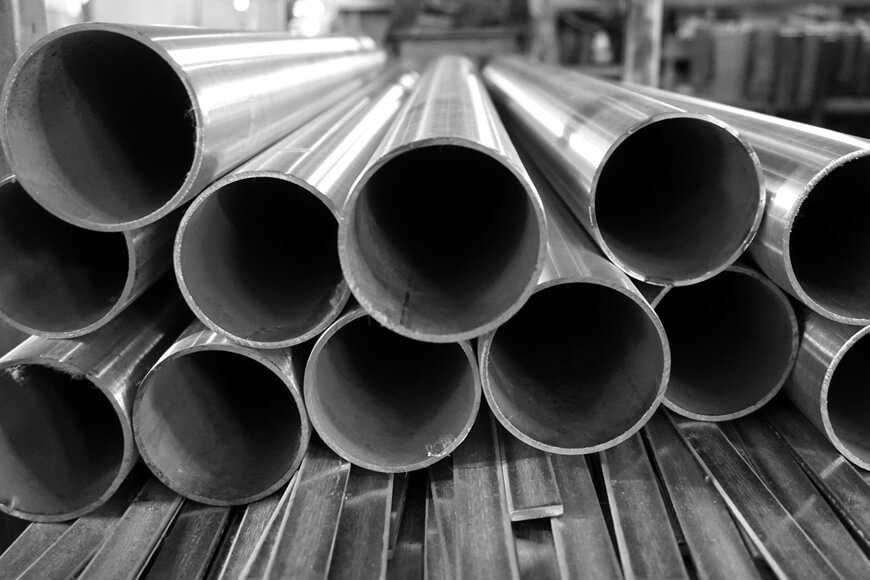Introduction
Steel pipes are essential components in many industries, including oil and gas, construction, and manufacturing. They come in different grades, which determine their quality and suitability for specific applications. In this article, we will discuss the three grades of steel pipe and their characteristics.
Grade A Steel Pipe
Grade A steel pipe is a type of carbon steel pipe that is typically used in low-pressure applications. It has a maximum carbon content of 0.25%, which makes it easy to weld and form. Grade A steel pipe is commonly used in structural applications, such as buildings and bridges, and for transporting water, gas, and oil. It is also used in mechanical applications, such as for bearings and gears.

Grade B Steel Pipe
Grade B steel pipe is a type of carbon steel pipe that is stronger than Grade A. It has a maximum carbon content of 0.30% and is heat-treated to improve its strength. Grade B steel pipe is commonly used in high-pressure applications, such as for pipelines that transport oil and gas. It is also used in structural applications, such as piling and construction.
Grade C Steel Pipe
Grade C steel pipe is a type of carbon steel pipe that is stronger than Grade B. It has a maximum carbon content of 0.35% and is heat-treated to improve its strength. Grade C steel pipe is commonly used in high-pressure and high-temperature applications, such as steam boilers and power plants. It is also used in structural applications, such as for bridges and buildings.

Conclusion
In summary, the three grades of steel pipe are Grade A, Grade B, and Grade C. Grade A are used in low-pressure applications, Grade B is used in high-pressure applications, and Grade C is used in high-pressure and high-temperature applications. Understanding the different grades of steel pipe is essential for selecting the right material for your application.